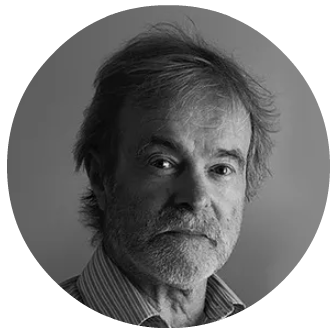In a sense, I felt invisible. Particularly, shooting on a Rolleiflex, I didn’t feel as though I was there. I was able to look down. Not having to behave like you would with a single lens reflex, looking straight into their eyes. With a Rolleiflex, you’re looking down into a box, you don’t have eye contact with the subject. They don’t feel that you’re taking a picture of them. It’s the ideal way of taking a picture, almost like a spy camera, but in plain sight. It doesn’t have a telephoto lens though, so you’ve got to get up close.
In those days, if you did manage to get something printed in a magazine or paper, they never returned either the prints or the negatives. Subsequently, many of these pictures disappeared. And although I wasn’t good on the marketing side, I was very good at taking pictures. Many of my best pictures were from that era. Part of me wanted to remain anonymous, yet another part wanted to make money. However, I wasn’t driven by that. I was driven by the thrill.
Most of the bands I knew had a life of fun, music and travelling. I got to travel with them and be part of their entourage, while at the same time being slightly distanced as well. This actually suited me fine. I find crowds difficult and don’t enjoy facing lots of people and being the centre of attention. I shy away from the spotlight. Photography works better for me. I can hide behind my camera. It was my shield, behind which I could do anything. Sometimes frightening myself with the risks I took with a camera, I would go that one step further. I had to be at the front seeing what was going on.
In this case, once again, I had gone that one step further. Photography was not permitted in the television studios; I found myself ushered, unceremoniously, outside. Fortunately, on this occasion, the shots I had got remained in my camera.




